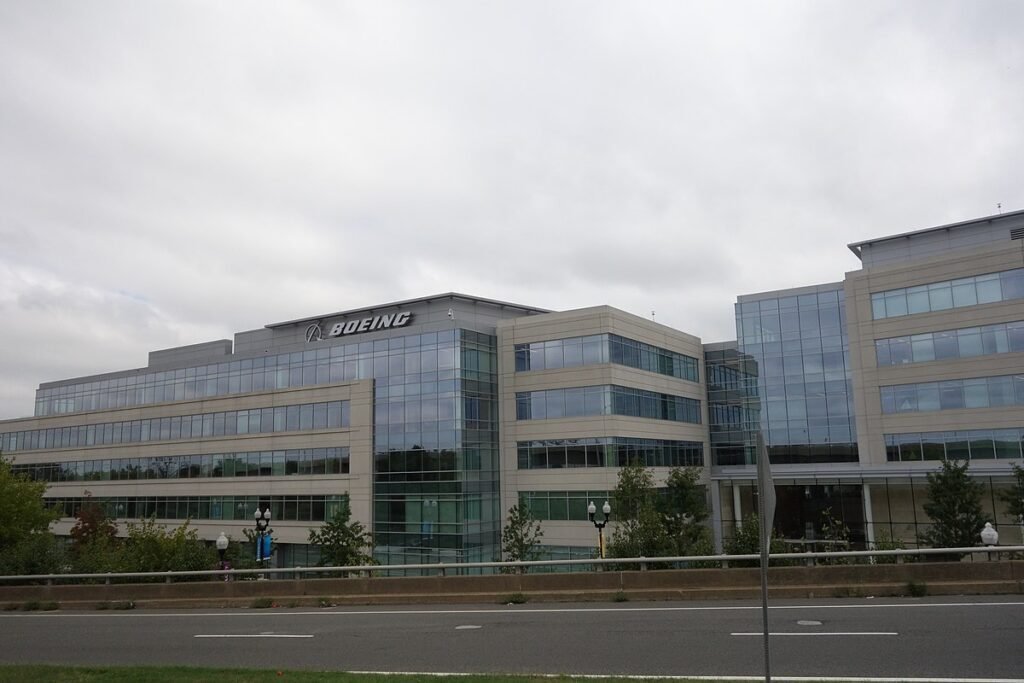The ambitious plan by the United States to ramp up production of Patriot air defense missiles in collaboration with Japanese factories has hit a significant roadblock due to a critical component shortage supplied by Boeing, according to sources familiar with the matter.
Challenges in Increasing Production
Sources revealed that Japan’s Mitsubishi Heavy Industries (MHI), currently licensed by Lockheed Martin to produce approximately 30 PAC-3 missiles annually, has the capacity to potentially double this output to around 60. However, further expansion is contingent upon the availability of seekers, crucial components that guide these missiles during their final flight stages.
According to an industry insider, who spoke on condition of anonymity, US wants to see a considerable rise in the production of these essential defense assets worldwide from 500 to over 750 per year, but the lack of qualified candidates may prevent Mitsubishi Heavy Industries from meeting this goal.

Boeing’s Production Plans
Boeing initiated an expansion of its seeker manufacturing facility in the United States last year, projecting a 30% increase in production capacity. However, these additional lines are not anticipated to become operational until 2027. Despite these efforts, the exact number of seekers produced annually remains undisclosed by Boeing, which recently celebrated the delivery of its 5,000th unit.
A Boeing representative deferred inquiries to Lockheed Martin, the prime contractor overseeing the interceptor’s production. Lockheed Martin has committed to elevating US production of Patriot interceptors from 500 to 650 units by 2027, each valued at approximately $4 million.
Financial and Capacity Challenges
Expanding PAC-3 missile production beyond 60 units per year in Japan would necessitate substantial investment in new manufacturing infrastructure. Although Japan’s government announced plans in 2022 to double its military spending and offer financial assistance for defense production expansion, these subsidies are limited to equipment intended for domestic use, not for export.
Strategic Implications
Lockheed Martin emphasized the strategic importance of bolstering capabilities in the Indo-Pacific region, a focus area critical for maintaining readiness and deterring potential threats. Discussions between US and Japanese officials, slated to convene in Tokyo this month, are expected to delve into deeper industrial cooperation, with the Patriot missile project central to these discussions.
The recent $4.5 billion contract with the US Army marks a pivotal step in enhancing both missile and seeker production, signaling an intent to bolster defenses amid global tensions.
Conclusion
Despite diplomatic efforts and strategic agreements between the US and Japan to fortify defense cooperation, logistical challenges in the supply chain underscore the complexities of modern military manufacturing. The ongoing seeker shortage highlights the delicate balance required to meet escalating global demand for advanced defense systems while navigating intricate international supply networks.
As geopolitical dynamics continue to evolve, the collaboration between allies like the US and Japan remains pivotal in addressing security challenges and fortifying regional stability.
This development underscores the critical need for robust industrial collaboration to navigate global defense demands effectively, ensuring preparedness in an increasingly uncertain geopolitical landscape.


